Real Estate newsletter: A temple, an ADU and a rapper’s mansion
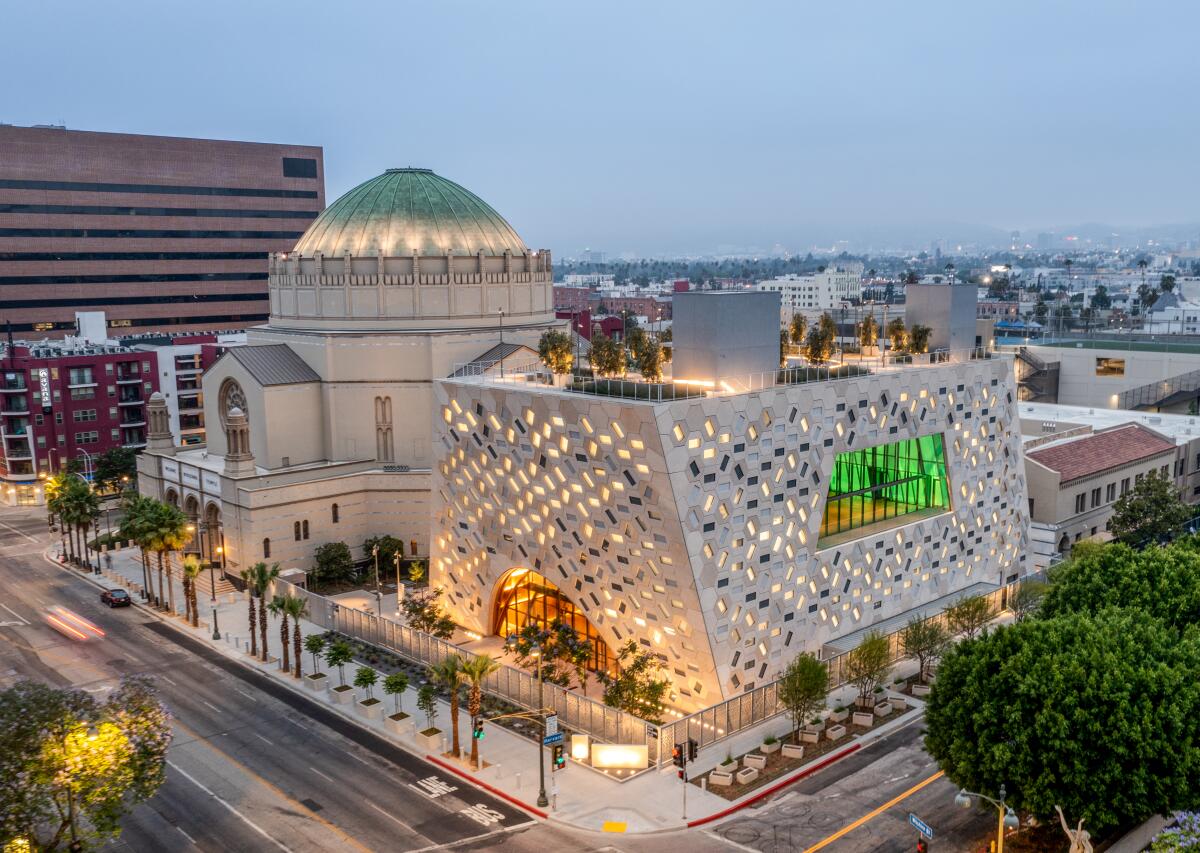
Welcome back to the Real Estate newsletter, where this week our stories celebrate California architecture at its biggest and smallest.
By big, I mean big. In Koreatown, we explored the Wilshire Boulevard Temple’s new event space, a 55,000-square-foot pavilion that’s described as a “three-story parallelogram draped in a honeycomb pattern.” Opening soon, the striking structure, paired with the original Byzantine style of the temple, is the latest piece of architecture that screams “only in L.A.”
And by small, I mean small. Over in Santa Monica, we took a look at an ADU that clocks in at just 320 square feet. As ADUs emerge as a solution for L.A.’s insufficient housing stock, builders are going all out on the designs, and this one brings a flair of Modernism with an eye-catching mix of wood, glass and aluminum. To maximize the space, there’s a Murphy bed.
For something between a 55,000-square-foot pavilion and 320-square-foot tiny home, take a look at Diddy’s mansion that he just sold in Toluca Lake. The Grammy-winning rapper unloaded the nearly 10,000-square-foot spot for $6.51 million, making it the neighborhood’s priciest home sale in months.
We also got an update from wine country — Guenoc Valley, to be specific — where a sprawling luxury resort has been halted after a state court sided with environmentalists, declaring that the 16,000-acre project didn’t properly analyze how the development would affect evacuation routes during a wildfire in wake of the LNU Lightning Complex fire.
In other commercial real estate news, in the last year, we saw tech giants such as Apple and Spotify launch new hubs in L.A. Now, Roku is coming to town. After doubling their Santa Monica team to more than 200 employees last year, the streaming platform announced a lease for a 72,000-square-foot office in the city that will help it produce more content.
While catching up on the latest, visit and like our Facebook page, where you can find real estate stories and updates throughout the week.
A striking new space graces Wilshire
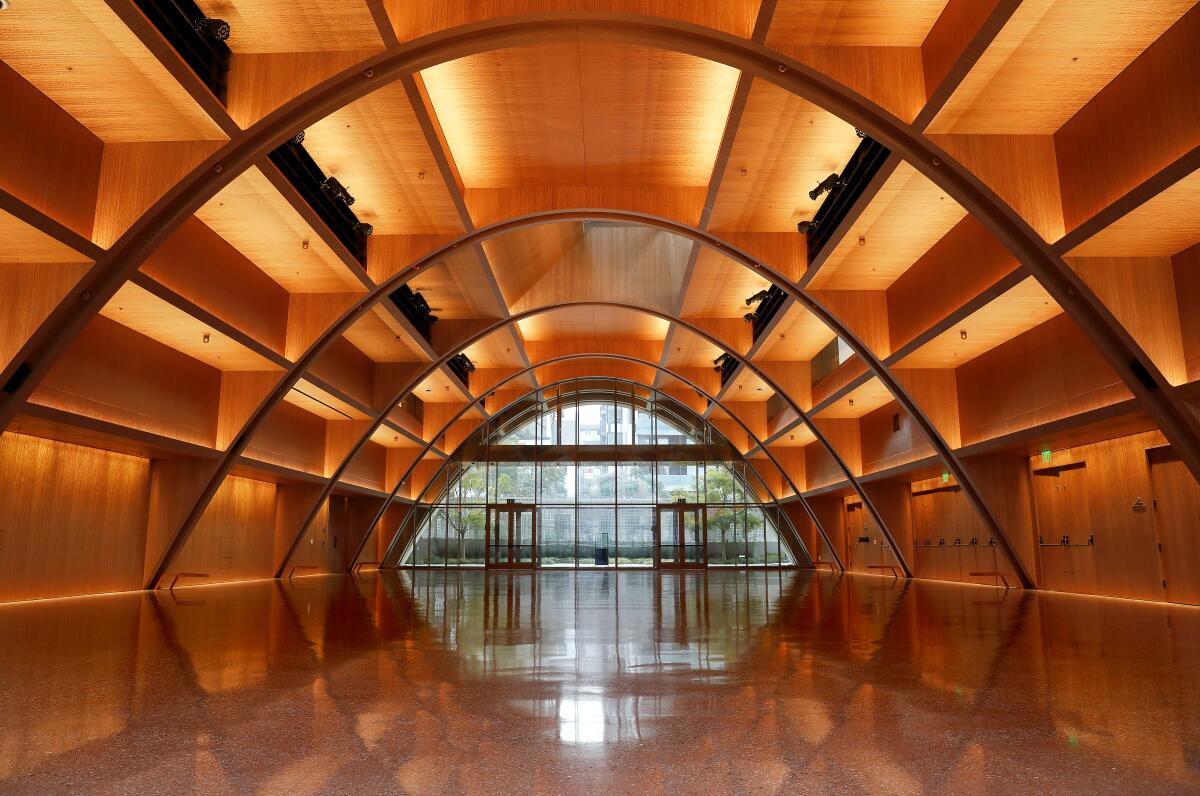
Is there a compound word that describes the feeling of alienation induced by really wanting to embrace a new piece of architecture but being viscerally unable to do so? A disarchpointment? A designchantment? A stuporstructure? Carolina A. Miranda writes that she’s looking for a word to describe her feelings toward the first major building in Los Angeles by the international design studio Office for Metropolitan Architecture (OMA).
The building in question is the new Audrey Irmas Pavilion, a 55,000-square-foot event space for Koreatown’s Wilshire Boulevard Temple — whose official opening event has been delayed until further notice by the COVID-19 Omicron variant.
OMA was founded by Rem Koolhaas, but the Pritzker Prize-winning Dutch architect was only minimally involved in this project. The pavilion’s design was instead led by Shohei Shigematsu, a partner in the firm’s New York office — with Koolhaas contributing the design of the mezuzas affixed to key doorposts in the pavilion.
One of Shigematsu’s preferred ways of describing the building — a three-story parallelogram draped in a honeycomb pattern that angles into an architecturally significant stretch of Wilshire — is as “a machine for gatherings.”
A gem arrives in a Santa Monica backyard
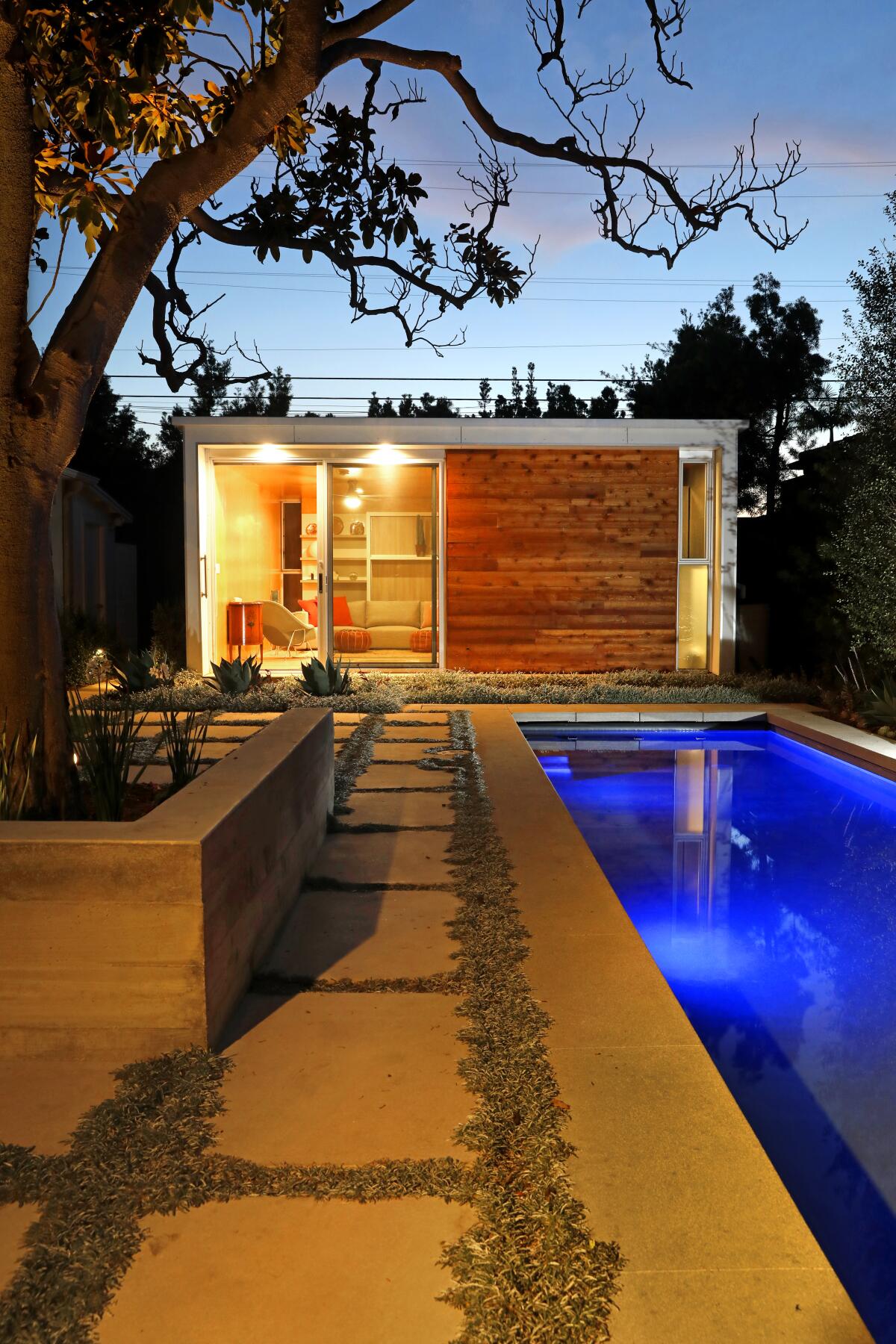
Nearly 30 years after purchasing a modest two-bedroom, one-bathroom house in the Sunset Park neighborhood of Santa Monica, Michael Solomon and Naomi Lieberman turned their attention to their backyard, where they hoped to add a guesthouse that would accommodate their family and friends, writes Lisa Boone.
In what seems inconceivable by today’s real estate standards, they purchased the 1,300-square-foot house in 1994 for $300,000. But decades later, desiring a bit more space, they had little success finding a larger dwelling they both liked. “We lucked out and bought the house right after the Northridge earthquake,” Solomon explained. But today, “there’s really no affordable place to go” if you want more room, he added.
Given the deep attachment to their longtime neighborhood, the couple decided to add an accessory dwelling unit, or ADU, in the backyard, rather than renovate or move somewhere else.
Rapper’s mansion is a hit
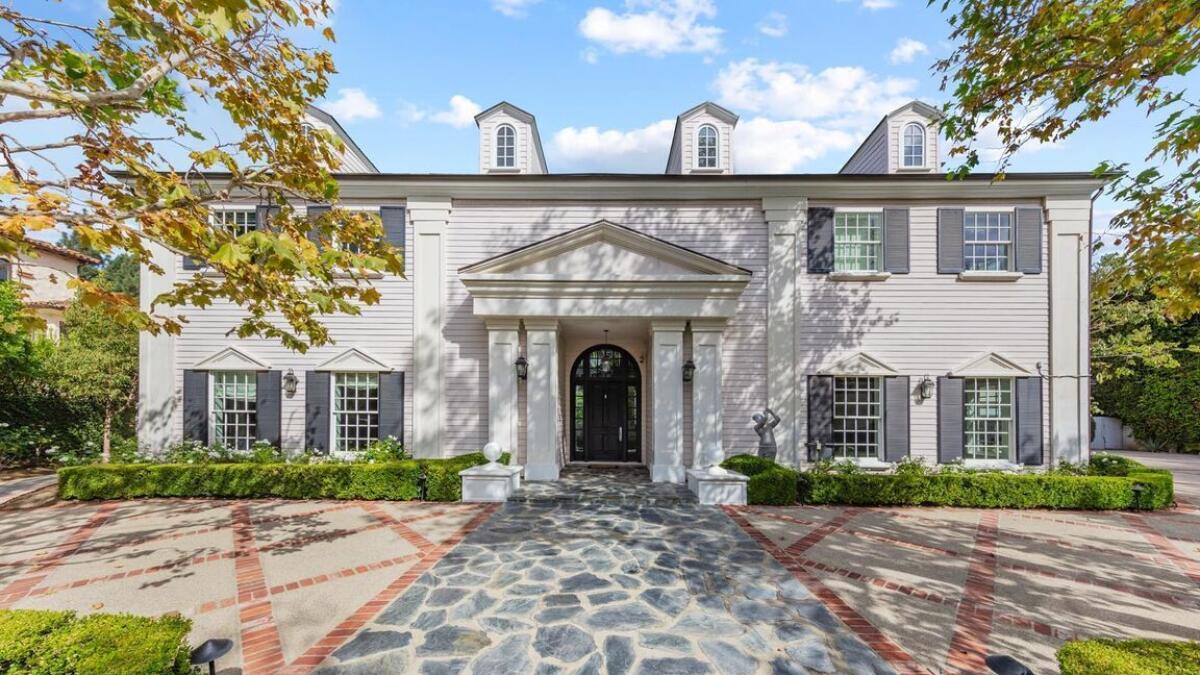
Sean Combs, the rapper better known as Diddy, has hauled in $6.51 million for his traditional-style mansion in Toluca Lake. It’s the neighborhood’s priciest sale in months.
Records show the Grammy-winning artist paid $5.25 million for the property in 2009, and he’s been shopping it around for $7 million since October.
Built in 2006, the stately home spans nearly 10,000 square feet — but it’s still not his biggest Southern California home. That title belongs to a 13,000-square-foot Holmby Hills showplace that he bought for $39 million in 2014.
State halts luxury development
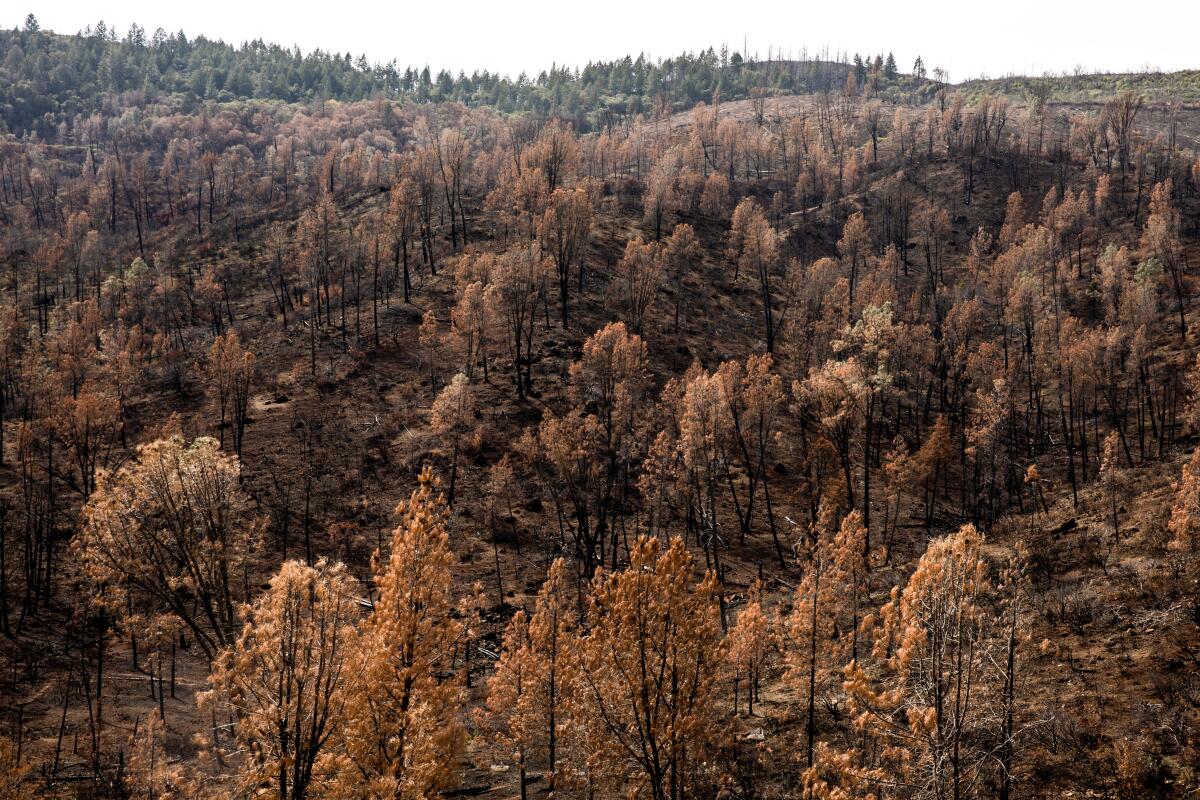
When Lake County approved plans for a sprawling, luxury development in the Guenoc Valley wine region in 2020, officials hailed the project as an economic “game-changer” that would create “mind-boggling” employment, writes Alex Wigglesworth.
But as the LNU Lightning Complex fire enveloped the development’s only evacuation route — a two-lane highway that winds through a steep canyon — critics said the plan was a potential disaster not only for future residents, but for those who already lived nearby.
Had the project been completed, they said, thousands of evacuees could have spilled onto the road and created a bottleneck similar to the one that doomed residents of Paradise in the 2018 Camp fire.
Now, a state court has sided with environmentalists and the California attorney general, and ruled that the county must set aside its approvals of the 16,000-acre mixed-use project, dubbed Maha Guenoc Valley, because the county failed to properly analyze how the development would affect evacuation routes during a wildfire.
Roku expands in Santa Monica
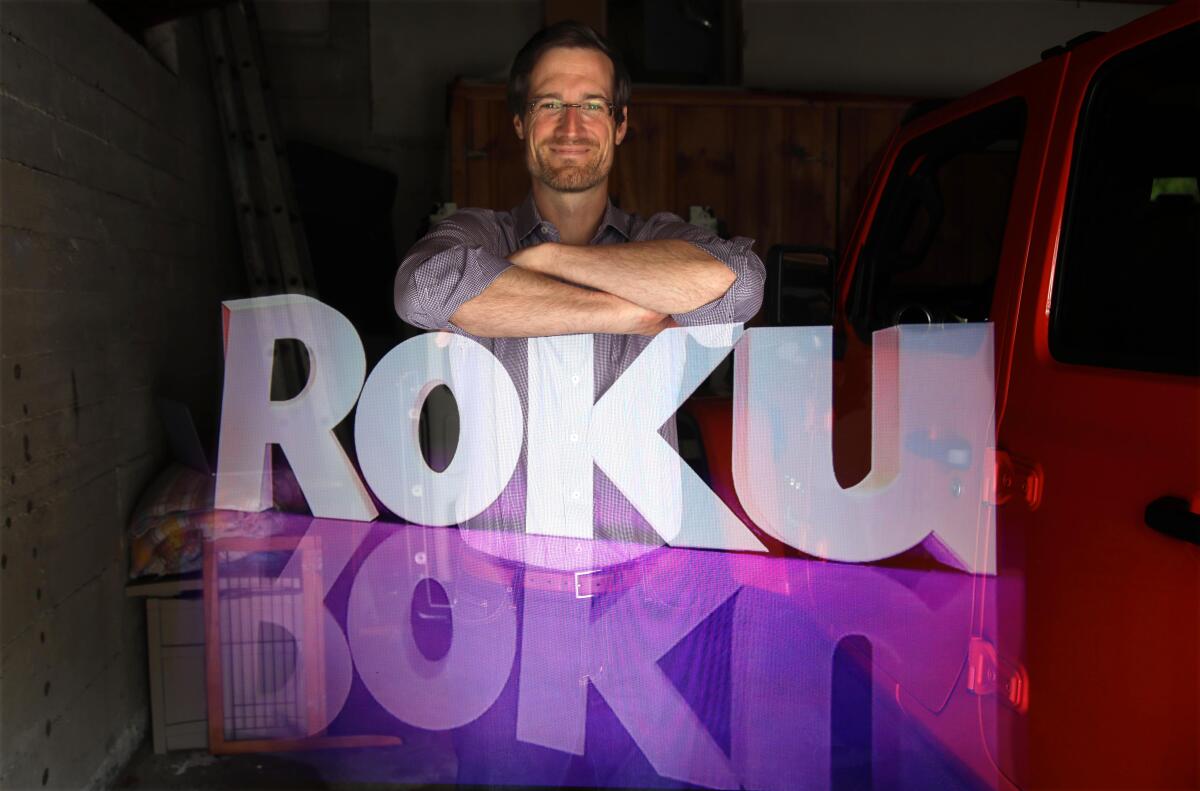
When the Roku Channel launched five years ago, it was a minnow in a sea of streaming giants, writes Wendy Lee.
No more. Roku Channel is now the industry’s fifth most popular streaming service, according to Activate Consulting, with 80,000 on-demand shows and movies, more than 200 live TV channels and an estimated audience of 70 million viewers in the United States. And, in a bid to attract more eyeballs, the channel is making a big push into original programming, with plans to develop more than 50 original scripted and nonscripted shows over the next two years.
As it moves to become a content producer, the Roku Channel has expanded its presence in the Los Angeles area. Roku’s Santa Monica team doubled to more than 200 employees in 2021.
To accommodate its larger workforce, the Roku Channel is moving into larger digs early this year. The company, which previously had an office at the Water Garden in Santa Monica, has leased 72,019 square feet at the Colorado Center, according to L.A. Realty Partners.
What we’re reading
For a check-in on the Bay Area market, look no further than a home dubbed “the worst house on the best block.” The decrepit fixer-upper has zero bedrooms, two bathrooms and just sold for $1.97 million. SF Gate has the details.
In Virginia, Habitat for Humanity partnered with a 3D-printing company to print a three-bedroom house, and the foundation was finished in 12 hours — a process that usually takes about four weeks, the New York Post writes.
Inside the business of entertainment
The Wide Shot brings you news, analysis and insights on everything from streaming wars to production — and what it all means for the future.
You may occasionally receive promotional content from the Los Angeles Times.




